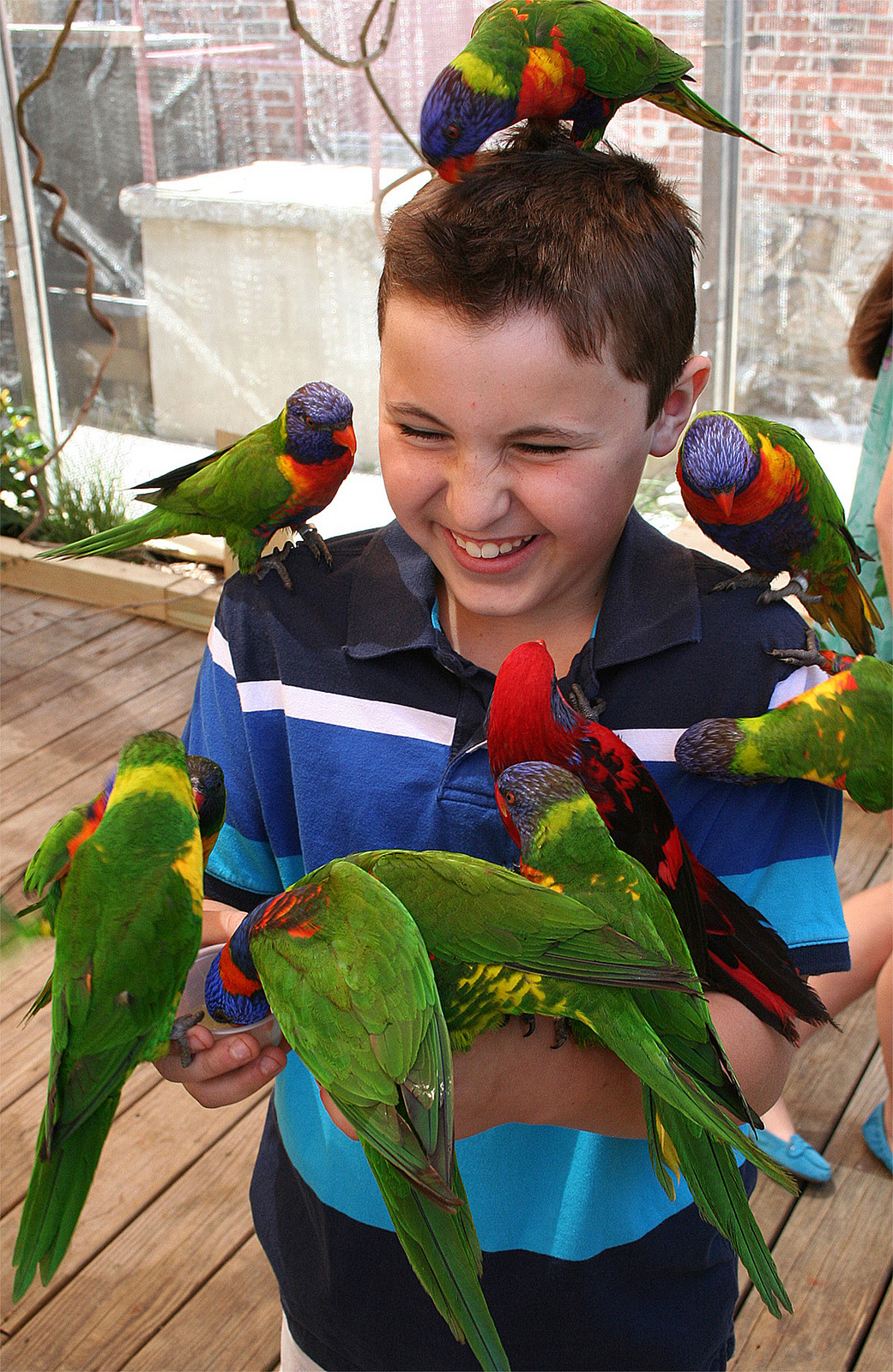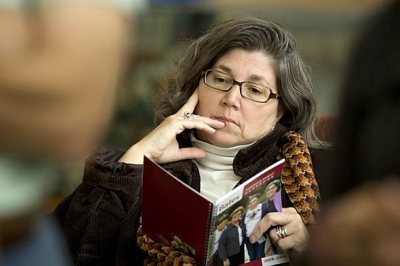
Bates journalism students help break dam-safety story
A news story about 93 potentially hazardous dams in Maine, prepared by the Maine Center for Public Interest Reporting, is getting attention all around the state and in Washington, D.C.
And Bates students played a crucial role in its development.
Naomi Schalit and John Christie, both senior reporters at the center, share a byline on the story, which was distributed Aug. 24 to the 21 news outlets that are partners with the center. The story is “making the rounds across the state and beyond,” said Schalit. “Folks in Washington, D.C., at the Association of Dam Safety Officials are even talking about it — they sent us an email.”
Schalit and Christie did the reporting and writing, of course, but a note at the end of the story also gives credit for research contributions to 10 Bates students who participated in a spring 2011 Short Term course the reporters taught called “There’s More to the Story.” And Schalit says there’s more to that part of the story than the note can explain.
“The Harward Center, seeing the confluence of their mission and ours, was where our course originated.”
“What we do is public service journalism,” she said. “The Harward Center [Bates’ Harward Center for Community Partnerships], seeing the confluence of their mission and ours, was where our course originated. Without the help of Georgia Nigro, Laura Sewall, Peggy Rotundo — and Robert Farnsworth, who actually sponsored the class — all this wouldn’t have happened.” (Nigro is interim director of the center and Sewall is assistant director. Rotundo is the center’s director of policy and strategic initiatives. Farnsworth is a senior lecturer in English.)
The students who helped make it happen were Robert Cramer ’13, Sabina Frizell ’14, Nicole Fox ’11, Christine Kim ’11, Mark Lainoff ’14, Caroline O’Sullivan ’14, Shachi Phene ’12, Van Sandwick ’12, Jake Starke ’14 and Wylie Leabo ’14.
“We spent much of the first part of the class exploring media literacy with the students,” explained Schalit, who is also executive director of the MCPIR. “But then we turned to doing research in the state’s records about dam safety inspections. The records were disorganized and not presented in a database.
“The students dug into what we had, reading and analyzing the data.”
“When the class started, John and I had already spent weeks trying to get the records of dam inspections from state dam safety officials and had not gotten all that many. But the students dug into what we had, reading and analyzing the data to help put together our own database of what dams had been inspected, what dams had not, and what was found in the dams that had been inspected.
“We looked at how late those inspections were, and tabulated that as well. We got more records and analyzed them. No one in the state — or even at the federal level — has as complete a database as we published today, and the students were instrumental in helping put it together.
“Then, students also conducted interviews: with lawmakers who had deliberated over a bill to get the dam inspection program more money, with dam safety officials in other states, with federal officials and with representatives from dam safety organizations.
“They learned very quickly how frustrating it can be to do a complex story like this — how hard it is to get the documentary information and to get people to talk about it.
“The culmination of all that work during the Short Term was a group interview the students conducted at the agency which is responsible for the dam inspections, the Maine Emergency Management Agency. The students each arrived armed with questions and the all-important followup questions and for at least two hours, they politely, but firmly, interviewed the two staffers responsible for the dam safety program. Perhaps they were surprised to hear the frank admission from these two people that the state simply couldn’t do all the dam safety inspections the law required it to do.
“It was and is a big story, and a story untold in documentary detail until now. We are grateful to our Bates students and to the college as a whole for affording us the opportunity to get the hard work done that led to its publication.”




